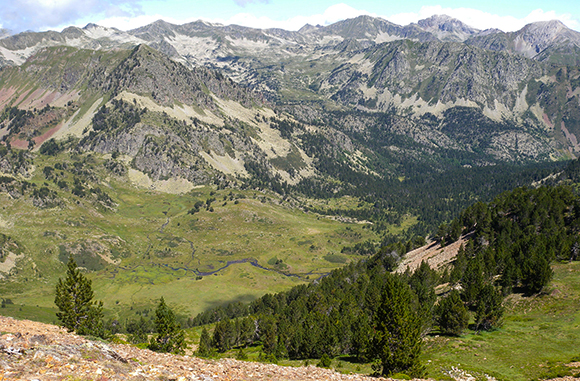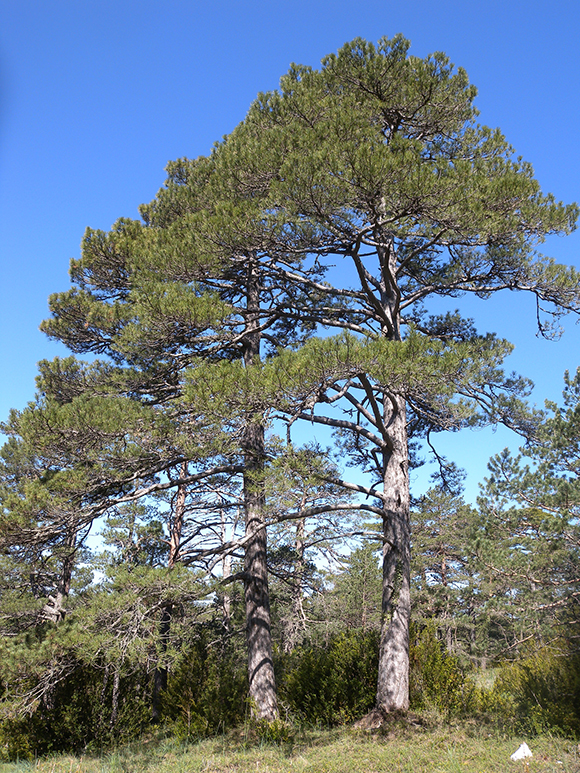Remote sensing of leaf pigments will improve climate change models
An international team of researchers co-led by Josep Peñuelas (CSIC and CREAF) has developed a new method for monitoring changes in the photosynthetic activity of perennial conifers throughout the year. This new technique, based on the analysis of remote sensing images captured by satellites, will improve global models of atmospheric carbon capture and permit more precise predictions about climate change.

Evergreen conifers –a group of trees including pines, firs, yews, and cypresses– are plants whose leaf biomass changes very little during the year. With little evident change in leaf number, to date it has been difficult to measure how photosynthesis changes in such leaves during the different seasons of the year. “This has led to errors and inaccuracies in terrestrial photosynthetic models of carbon capture,” says Peñuelas.
Now, researchers have discovered that during the coldest months of the year the proportion of chlorophyll (the pigment which gives leaves their green color and is responsible for photosynthesis) is reduced in relation to another class of pigments called carotenoids (these having a reddish or orange color, found in high concentrations in carrots). The researchers have developed a satellite-based remote sensing method for the detection of the quantities of chlorophyll and carotenoids, capable of detecting seasonal changes in the proportion of these pigments.

Seasonal changes of these pigments coincide with the photosynthetic rate; therefore, they are also indicative of an ecosystem’s total primary production (quantity of CO2 fixed through photosynthesis). Data on the photosynthetic rate and gross primary production are incorporated into models on the capture of atmospheric carbon dioxide – the gas which is primarily responsible for climate change. Therefore, remote sensing data on the proportion of these leaf pigments will now permit improved estimates of the quantity of carbon captured by ecosystems over the year.
This new use of remote sensing images will also allow the acquisition of data at larger scales and greater frequency, whereas up to now this data was obtained by taking measurements on the ground. This way, “predictions will be improved and models will be more precise with respect to carbon capture at a global scale, which is especially important in a context where global warming accelerates climate change and alters plants’ cycles of photosynthetic activity,” says Josep Peñuelas.
ARTICLE
Gamon, J.A., Peñuelas, J. et al. “A remotely sensed pigment index reveals photosynthetic phenology in evergreen conifers”. Proceedings of the National Academy of Sciences of the United States of America, vol. 113 núm. 46. DOI: 10.1073/pnas.1606162113






